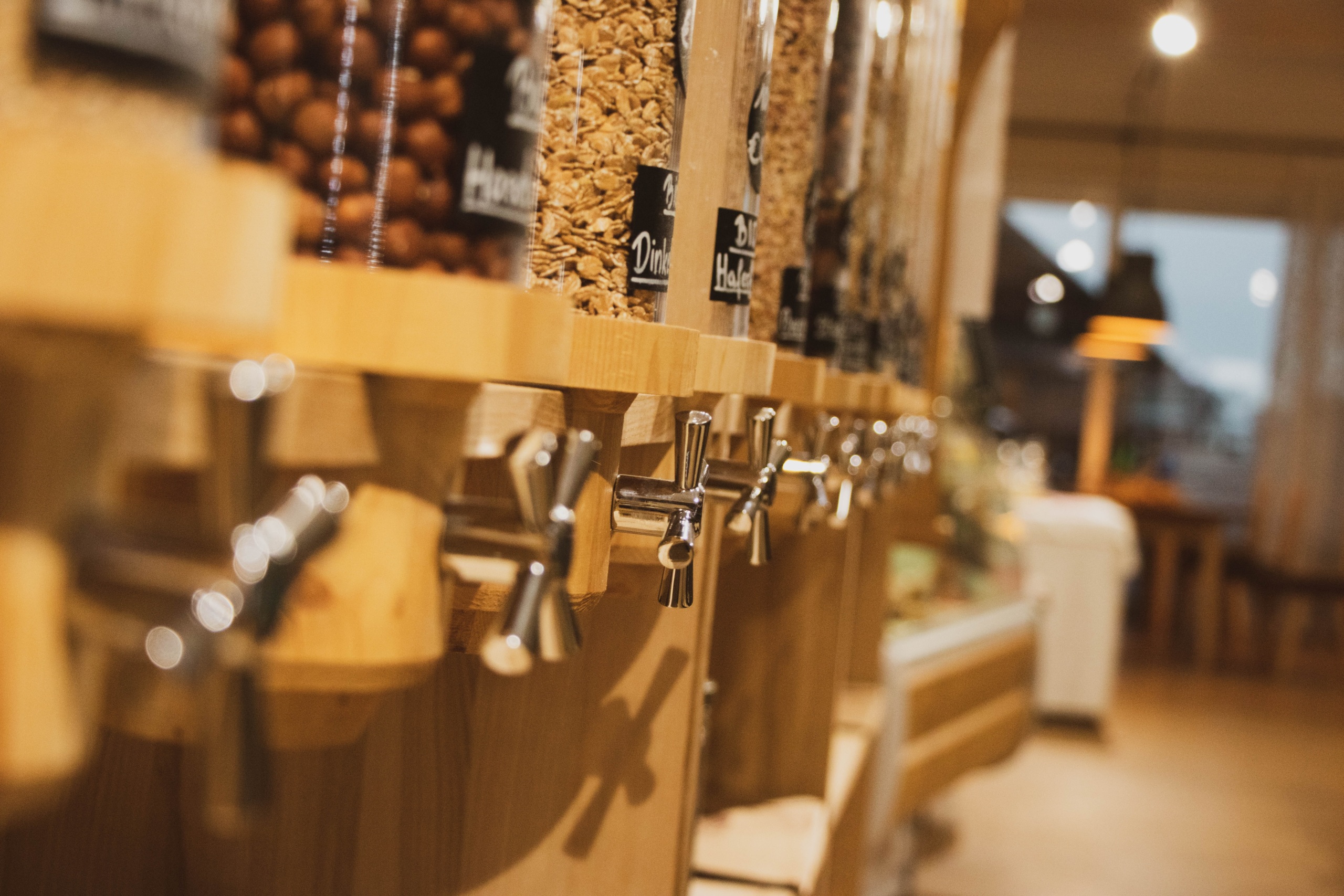
Ditch plastic packaging: Shop at your local refillery
A wave of new retail businesses are eliminating single-use plastic packaging entirely, showing us what a future with dramatically less plastic could look like.
To spare birds, fish and other wildlife from the harm caused by plastic pollution, we’re raising our voices for a world with less single-use plastic products.
Maybe you’ve seen the video of a sea turtle with a plastic straw stuck in its nose, or the headlines about whales washing ashore with stomachs full of plastic. With so much plastic pollution floating in the ocean, it’s too easy for wildlife to mistake it for food — and too often, they pay the price with their lives. The good news is that more people, communities, states and companies are moving away from the single-use plastics we don’t even need. Because after all, nothing we use for a few minutes should pollute our environment and threaten wildlife for hundreds of years.
A wave of new retail businesses are eliminating single-use plastic packaging entirely, showing us what a future with dramatically less plastic could look like.
Report ●
A new report from U.S. PIRG Education Fund and Environment America Research & Policy Center found that Amazon packaging rarely gets recycled when customers use the company's recommended store drop-off system.
We need policy and corporate actors to work together to curb our plastics problem.
Grocery stores like Whole Foods have a major part to play in the fight against plastic pollution.
The national chain prides itself on being a green grocer, but is falling short. Here are 10 steps that Whole Foods should take to be more sustainable in the new year.
More than 250 community leaders joined the movement to protect our oceans by signing up to become “Voices for Our Oceans.”
